Station 3-Turning Radii
Typical turning radii are critical in determining the horizontal alignment of roads and shared use paths. A bicyclist leans inward (toward the center of a curve) and is likely to slow down while rounding the curve so that he/she does not fall outward due to centrifugal force. The extent of the lean, as measured from the perpendicular, is the lean angle. As the turning radius increases, the bicyclist does not have to lean as much to overcome centrifugal force, holding speed constant. Alternatively, a higher turning radius means that the bicyclist can maintain the same lean angle and travel around the curve at a faster speed. For bicycles, AASHTO (p. 38) recommends a minimum radius of 12 m (36 ft) for a design speed of 20 km/h (12 mi/h), increasing to a minimum radius of 74 m (225 ft) for a design speed of 50 km/h (30 mi/h).(2) This recommendation is based on a 15-degree lean angle.
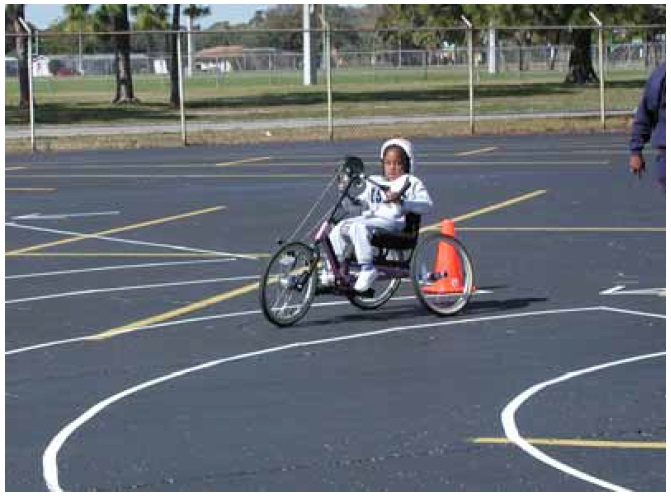
Figure 28. Participant within turning radii station.
Only active participants were used for the turning radius measurements. Turning paths with predetermined radii were delineated in a large paved area (figures 28 and 29).
Careful briefing was done to ensure that participants understood the testing procedure (figure 30).
Several research staff oversaw the stations at the various events to ensure proper participant flow-through (figure 31). The participants traveled through the largest radius path first (figure 32). They repeated the process on paths with progressively smaller radii (figure 33). The multiple-synchronized cameras enabled multiperspective time-stamped videoing of active participants as they went through each radius. The composite video was subsequently viewed to determine the times that participants entered and exited each radius. The data entry spreadsheet was set up to calculate the average speeds, based on these recorded times, as participants traveled through each radius.
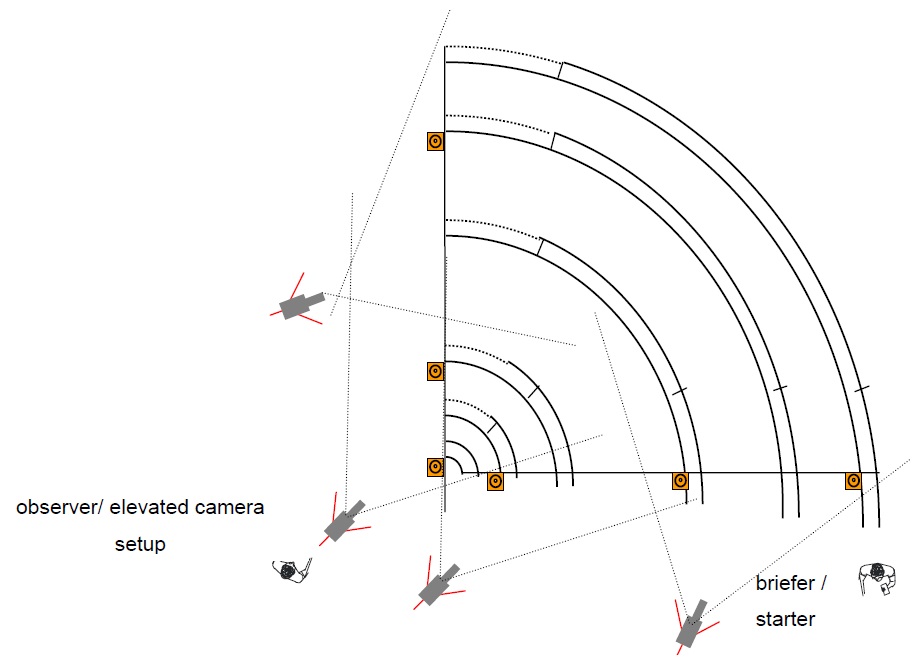
Figure 29. Turning radius layout (not to scale).
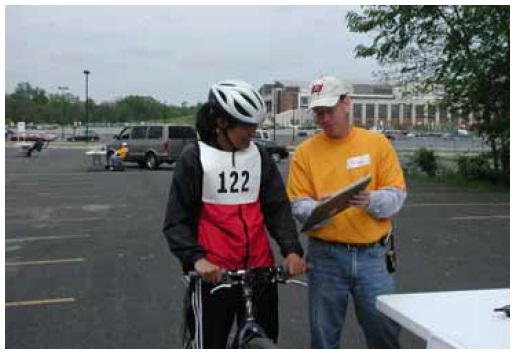
Figure 30. The participants were briefed at the turning radius station.
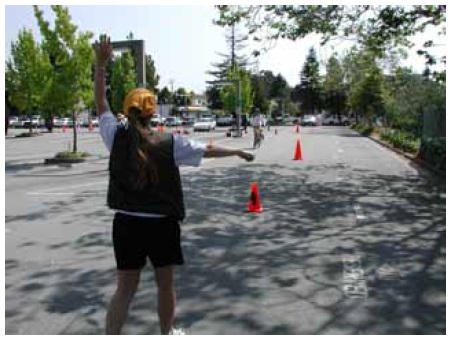
Figure 31. Research staff oversaw the turning radius station to ensure proper participant flow-through.
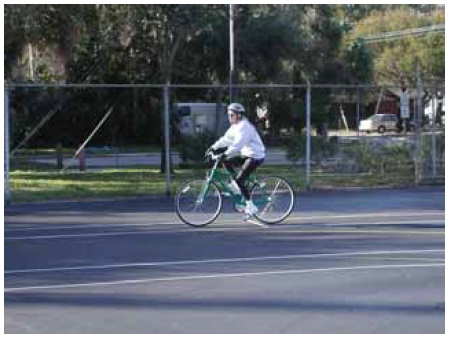
Figure 32. A participant traveling through the largest radius path.
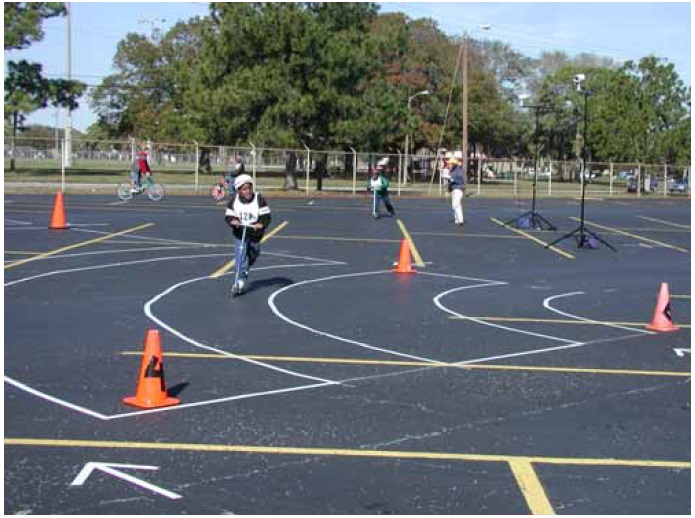
Figure 33. Participants traveling through progressively smaller turning radii.
2. American Association of State Highway and Transportation Officials. Guide for the Development of Bicycle Facilities. American Association of State Highway and Transportation Officials, Washington, DC, 1999.

User Comments/Questions
Add Comment/Question